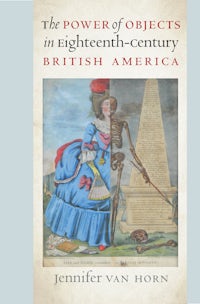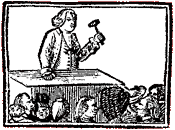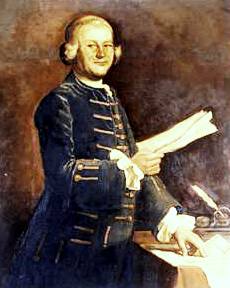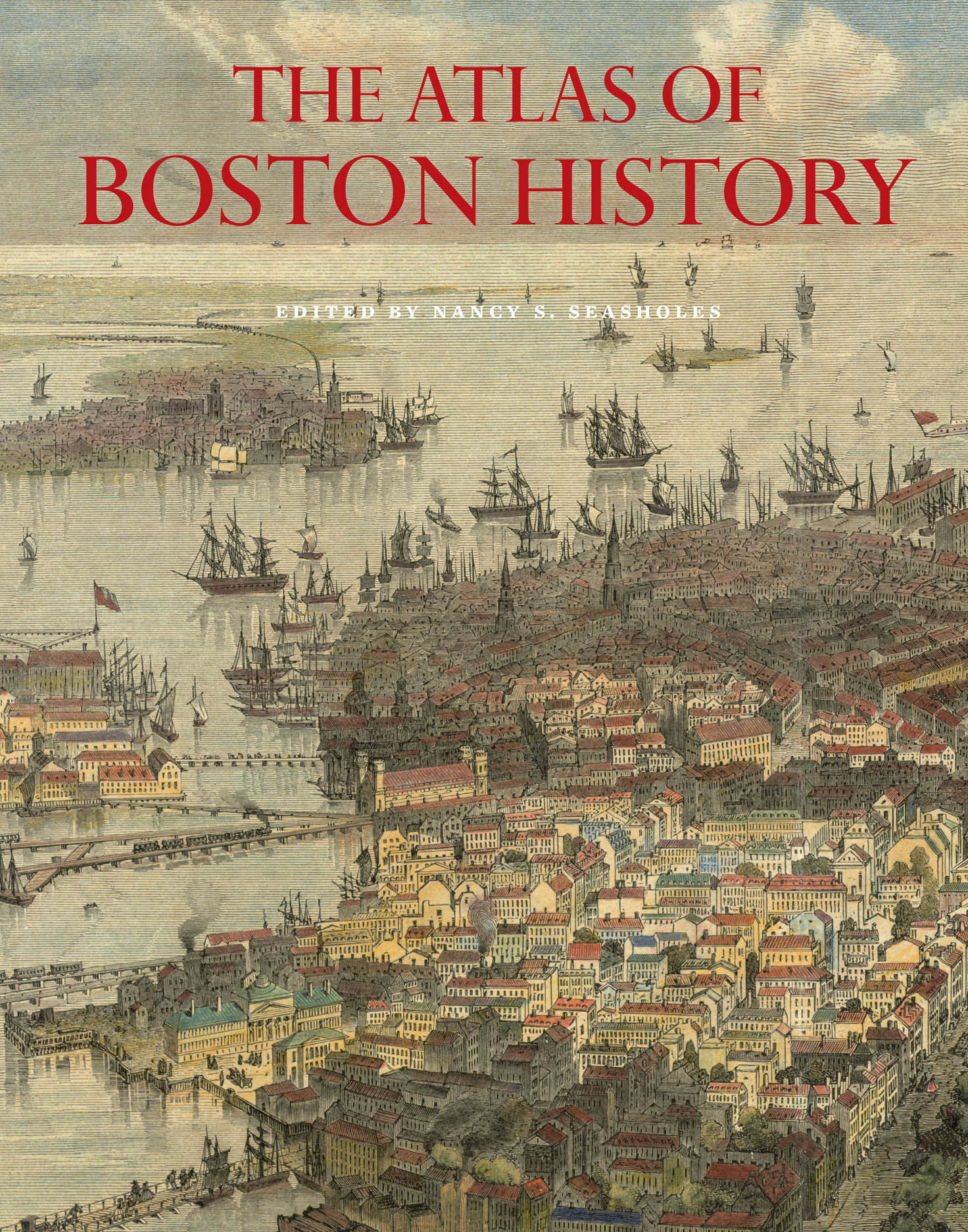On Easter in 1772, as I
described yesterday, Trinity Church of Pomfret,
Connecticut, formally set up its governing structure.
The
minister was the Rev.
Richard Mosley, a Cambridge University graduate and former
Royal Navy chaplain. The man who had founded the Anglican outpost,
Godfrey Malbone, became one of the wardens.
A couple of weeks later, the Rev.
David Fogg arrived from North Carolina. Malbone had invited him to be the church’s minister months before, but nothing had been heard from him since.
One day after that, a letter arrived from the Society for the Propagation of the Gospel (S.P.G.) in London, approving of Mosley and granting him £30 per year in salary.
There was only one way to resolve this awkward situation. And that was how everything about Trinity Church was decided—whatever Godfrey Malbone wanted. He had had the idea for a church when few others in the area were Anglican. He had paid for its construction. He had solicited funds from rich acquaintances in
Newport and Boston, and he had petitioned the S.P.G. and an old Oxford University friend, the bishop of Durham, for more support.
Malbone was also hosting the minister(s) at his house, and expected to do so for an undetermined time into the future. In a letter to Fogg’s mentor, the Rev.
Henry Caner of
King’s Chapel, he wrote:
We have no Glebe. I myself live in a Hutt, in which, however, God be praised! We have hitherto found very comfortable Provision, of which my Parson shall be heartily wellcome to His equal Share and shall be considered as one of my Family, as long as We each of us shall prove good-natured, I, on my Part, continue to live in Pomfret, and He, on His Part, continues to live single, for He cannot find Room wherein to cram a Wife, and if He could, as I have no Brats I am determined to have no Plague from those of other People.
All of which suggests that becoming Malbone’s parson might not have been a great prize.
That could explain why Mosley decided by 6 May to bow out. He wrote to the S.P.G. ten days later:
I had resigned up to Mr. Fogg, this Mr. Malbone’s appointing him, though every one man of the Parish would gladly have had me continued. I have done myself the honour of addressing the Bishop of London, for his further recommendation to Litchfield and Cornwall, vacant by the death of Mr. [Solomon] Palmer. I propose going next week there.
The London missionary society approved that move to a larger parish in Connecticut. However, by then Mosley had run into more trouble. The parishioners had been happy hearing services read by a local young man named Benjamin Farnham, who was planning to go to England to receive holy orders. When Mosley showed up, “many left the church.”
That dispute culminated in the S.P.G. dropping its salary subsidy for the Litchfield parish until their leaders wrote a humble apology endorsed by Anglican clergymen from larger churches in the region.
The Rev. Mr. Mosley had moved on again, settling before the end of the year at Johnstown,
New York, a frontier settlement founded by
Sir William Johnson in 1758. As minister of St. John’s church, next to Johnson Hall (
shown above), Mosley reported fending off more New England Congregationalists and baptizing forty
black people into the Church of England in May and October 1773.
In between those dates, in August, the minister made a return trip to Litchfield. While there, a former parishioner begged Mosley to marry his daughter and her fiancé, saying the next nearest Anglican minister was sixteen miles away. Mosley declined until the father of the bride brought a certificate from the
town clerk, showing that the banns had been duly published.
That turned out not to be good enough. The local government, following Connecticut
law, recognized a minister’s authority only within the town where his church was located. Mosley was hauled into court. According to him, “When the jury went out, the Judges were of the opinion, that they could not bring it against me; but, notwithstanding, (to see how much spite and malice reign there) they did.” He told the S.P.G. that he’d been fined £15 plus court costs, not to mention “the expense of my own travelling.”
The Rev.
Samuel Peters wrote about the case with his customary exaggeration:
The Court mildly fined Mr. Mozley 20l. because he could not show any other license to officiate as a clergyman than what he had received from the Bishop of London, whose authority the Court determined did not extend to Connecticut, which was a chartered government. One of the Judges said: “It is high time to put a stop to the usurpations of the Bishop of London, and to let him know that, though his license be lawful, and may empower one of his curates to marry in England, yet it is not so in America; and if fines would not curb them in this point, imprisonment should.”
By May 1774, Mosley had grown ill in some way. (
John Rowe recorded in March 1770 that the man suffered from an “Apoplectick fit.”) The minister decided the New York climate was unhealthy and returned to Britain, telling the S.P.G., “The only thing I regrett…is to go from so worthy and good a man as Sir William Johnson.” (Johnson died two months later.)
Thus ended the Rev. Richard Mosley’s American adventures.

















